Absent Wolves, Ecosystems Changed. Can New Wolves Restore Things?
When the young David Mech was offered a job studying wolves in 1957, people asked him why he’d want to focus on such an evil creature. A loathing for wolves was commonplace back then, and after decades of hunting, trapping, and poisoning, humanity had succeeded in wiping out these keystone predators — perched at the top of the North American food chain for thousands of years — across much of the contiguous U.S. “Sixty years ago, when I started,” he remembers, “I had to explain what the word ‘ecology’ meant.”
During the course of Mech’s career, though, the wolf’s image has been transformed. In 2012, Mech — who became known as the “Wolf Man” among fellow scientists — authored an article in the journal Biological Conservation titled “Is Science in Danger of Sanctifying the Wolf?” Among other things, he wrote, “the Satan wolf has become a saint in the minds of most of the general public. But the wolf, Mech maintains, “is neither saint nor sinner, except to those who want to make it so.”
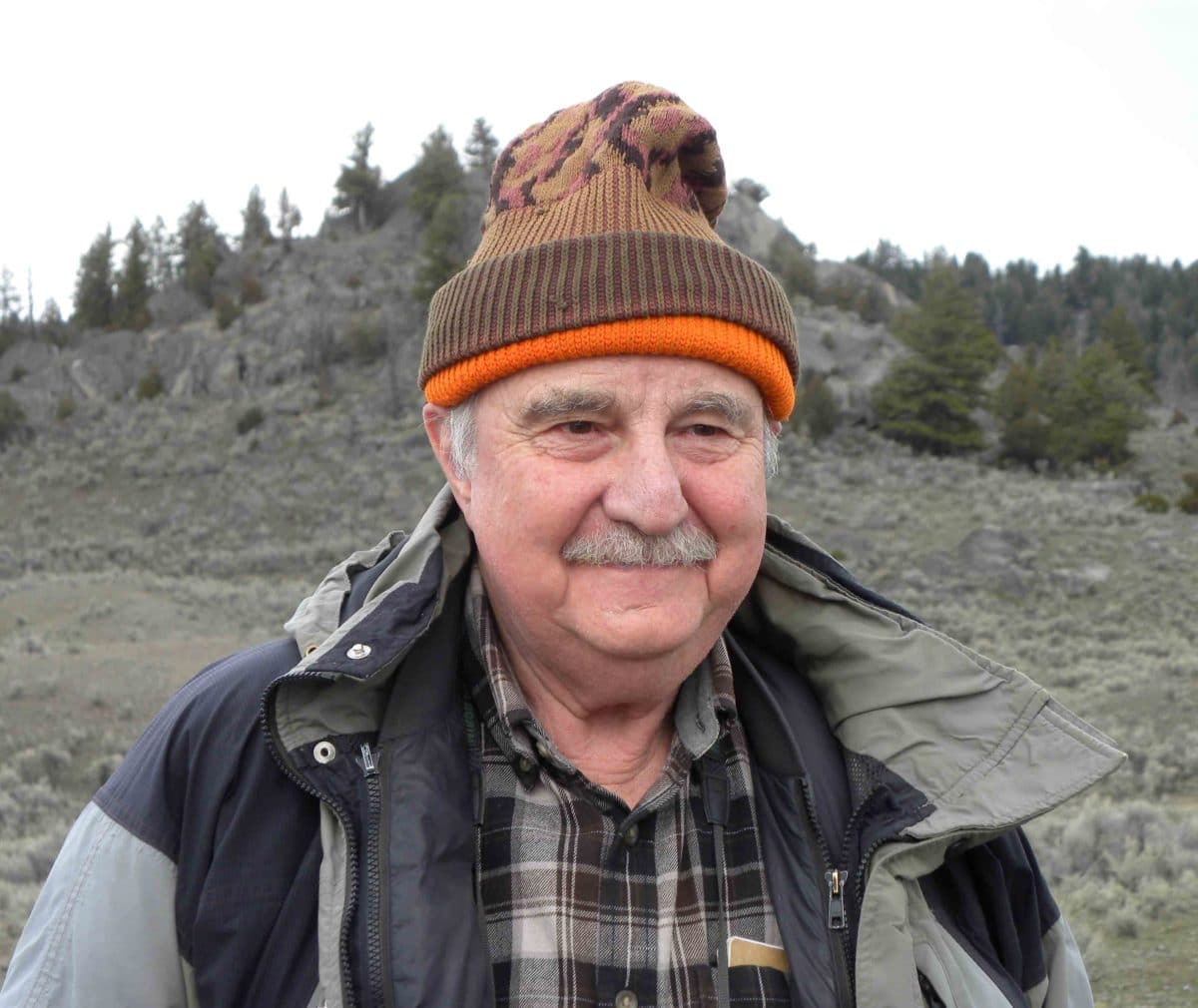
The wolf “is neither saint nor sinner,” says wolf expert and wildlife biologist David Mech, “except to those who want to make it so.”
Visual: USGS
Indeed, Mech, along with a growing number of other ecologists, now worries that the wolf has been getting overly optimistic PR— based largely on studies of Yellowstone National Park’s Northern Range, where wolves have been successfully reintroduced. Some scientists, and the popular press, have depicted wolves as beasts with the power to repair and rebalance whole ecosystems, their predation on elk setting off a cascade of changes that can restore lost aspen and willow trees, as well as struggling populations of beaver, songbirds, and beetles — and even reshape eroded streambeds. The Rocky Mountain Wolf Action Fund, a conservation activist organization, is now working to pass an initiative that will be on Colorado’s ballot in November, effectively mandating wolf reintroduction in the state. A headline on the group’s website reads “Restore the Balance,” a shorthand reference to the wolf’s legendary success in Yellowstone.
Yet ecologists continue to debate the extent to which wolves can restore habitats fundamentally changed by decades of their absence, along with other forms of human interference. Wolves once played a key role in Colorado’s ecosystems, and their deliberate extirpation throughout the first half of the 20th century contributed to a wave of change on the landscape. But it’s unclear whether, in modern Colorado, wolves can restore the balance. Studies have found that public lands in western Colorado host abundant elk and deer — key prey species that could support a healthy wolf population. And an opinion poll conducted among 900 voters in the state showed strong support for wolf restoration.
“Wolves were the engine of evolution throughout North America’s forested and Great Plains ecosystems,” says Rob Edward, president of the Rocky Mountain Wolf Action Fund. “They keep their large ungulate prey [elk, deer, moose, bison] moving and vigilant, and that has a cascading effect down to the plant communities those big ungulates thrive on, so they don’t browse everything down to the ground. Removing wolves from their native habitats has had profound ecological consequences. We’re trying to repair that process by bringing wolves back into the mix.”
Not everyone is on board. Vigorous opposition from ranchers who fear loss of livestock, and elk hunters who don’t want the competition, for example, has blocked any efforts toward wolf reintroduction in Colorado. Mech agrees that the loss of wolves — along with other top predators including grizzlies and cougars — has had strong impacts on ecosystems throughout the lower 48. He believes that western Colorado holds plenty of potential wolf habitat, and that restoring wolves there would be an important conservation victory. But he and other scientists also view the widespread belief that bringing wolves back can heal whole ecosystems as a dangerous oversimplification.
Early studies claiming evidence that wolves restored Yellowstone’s ecosystem by changing the behavior of elk, their primary prey, were based on observing correlations between wolf presence and the regrowth of plants that had been suppressed for decades by hungry elk. Correlations can offer important insights into ecology, but their meaning is subject to interpretation and the beliefs of the person observing them. Aspen and willow began to grow taller in Yellowstone at around the same time wolves were reintroduced there, but that doesn’t necessarily mean wolves caused the change. Recent research shows that a number of other factors were involved — and that the presence of wolves alone can’t be expected to restore ecosystems.
The notion that returning wolves can repair decades of ecosystem damage is immensely popular, notes Mech. “The public has glommed onto this as a reason to restore wolves,” he says. “But if it turns out that’s based on a fallacy, that’s not really a good reason. I’ve told people for years that the best reason for restoring wolves is because a large percentage of the public wants them there. That’s the best reason I can think of.”
In Colorado, and across the West, wolves, along with grizzlies and cougars, were the targets of a deliberate campaign of extermination in the early 20th century. Most of the state’s wolves had been killed by 1940, with the last known survivor being shot dead in 1945, near the New Mexico border. Since then, ecologists have studied the ways the loss of top predators can impair ecosystems and cause biodiversity to dwindle — a pattern that’s been repeated from the kelp beds off the Aleutian Islands to island forests in Venezuela.
The landscape of Colorado’s Rocky Mountain National Park reveals many of the changes that have taken place since the last wolves and grizzlies were killed. The park has experienced some of the highest densities of free-range elk in North America. Hungry elk devour young aspen and willow trees before they can establish. Willows have vanished or become stunted across much of the park — many plants are as much as 70 years old but, munched back by elk, have never managed to grow more than 6 inches tall.
On a visit to the park last fall, a bull elk and his harem of nine females could be seen pacing in a dignified line across a meadow, past the stark skeletons of dead willow trees. Just past the elk and the clump of visitors who’d jumped out of their cars to photograph them, a trail meandered to a large area enclosed with elk-proof wire fencing. In the absence of wolves, park managers have turned to these elk exclusion fences to restore aspen and willow — and to sustain the many species that rely on them. Outside the fence there’s not a single living willow. Inside, a jungle of young willows, their bright yellow leaves swaying in the autumn breeze, stretches down to the deeply eroded bank of the Big Thompson River.
Similar changes took place in Yellowstone. “When I got here in 1994, every willow, aspen, and cottonwood stem was browsed,” said Doug Smith, leader of the Yellowstone Wolf Project. “The elk got them all, because the elk population was too large.” Smith and his colleagues released wolves captured in Canada into Yellowstone from 1995 to 1997. The effort became a famous conservation success story, as the wolf population grew, and packs occupied all the available habitat in the park. Twenty-five years later, there’s been a dramatic regrowth of willow and aspen in parts of the Northern Range.
But among ecologists, there’s intense disagreement over just how widespread this plant renaissance is, and how it came about. Some have made well-publicized claims that the change was triggered by wolves, a dramatic instance of a “trophic cascade” in which a top predator transforms an ecosystem. That view has been repeated in a number of nature documentaries and in the popular press. Others argue that this story ignores important factors beyond the wolf’s return, including increases in the numbers of grizzlies and cougars in Yellowstone, the impacts of human hunters outside the park, and the loss and revival of beaver, another species whose population declined precipitously due to the impact of humans in Yellowstone.
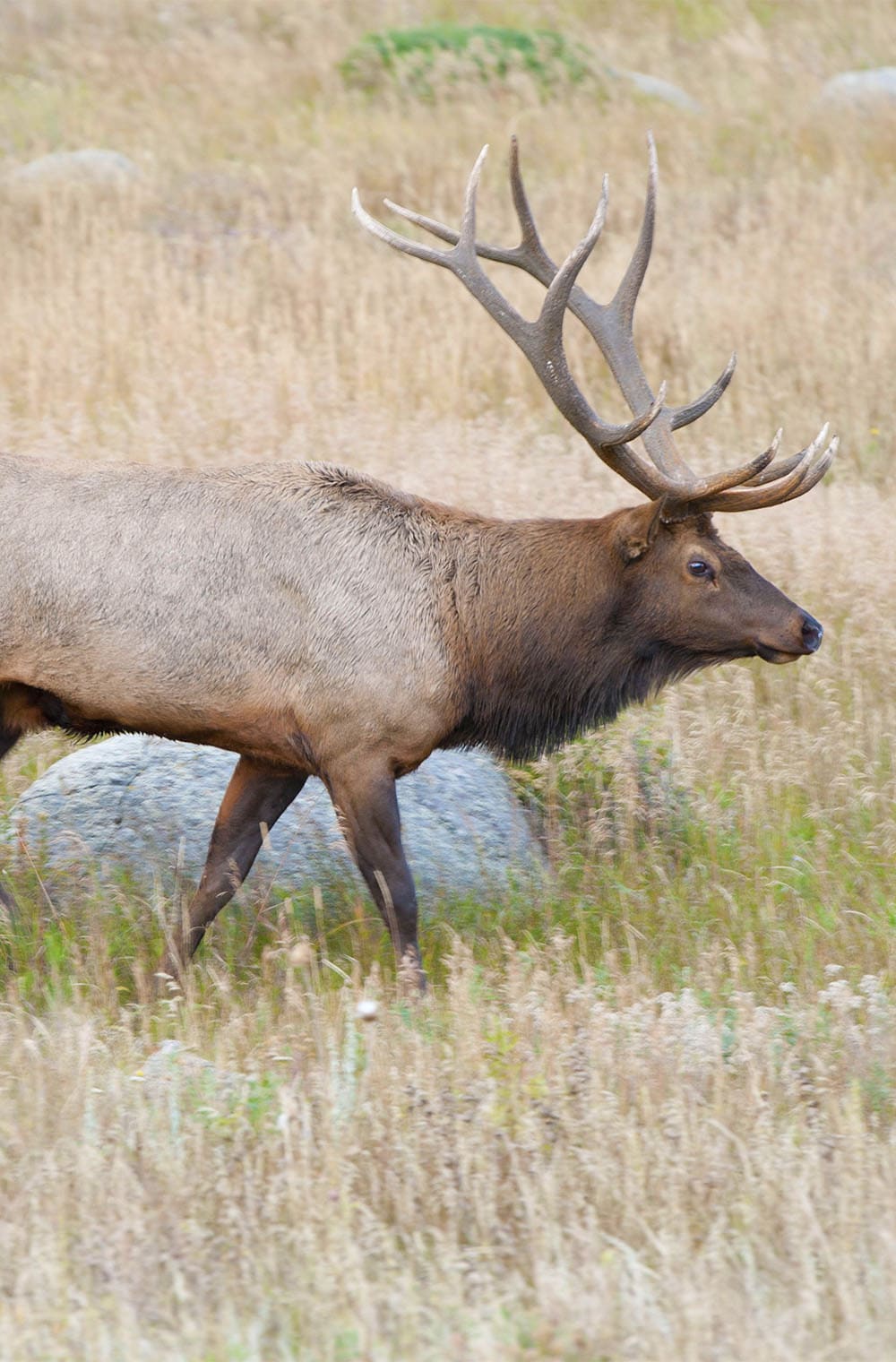
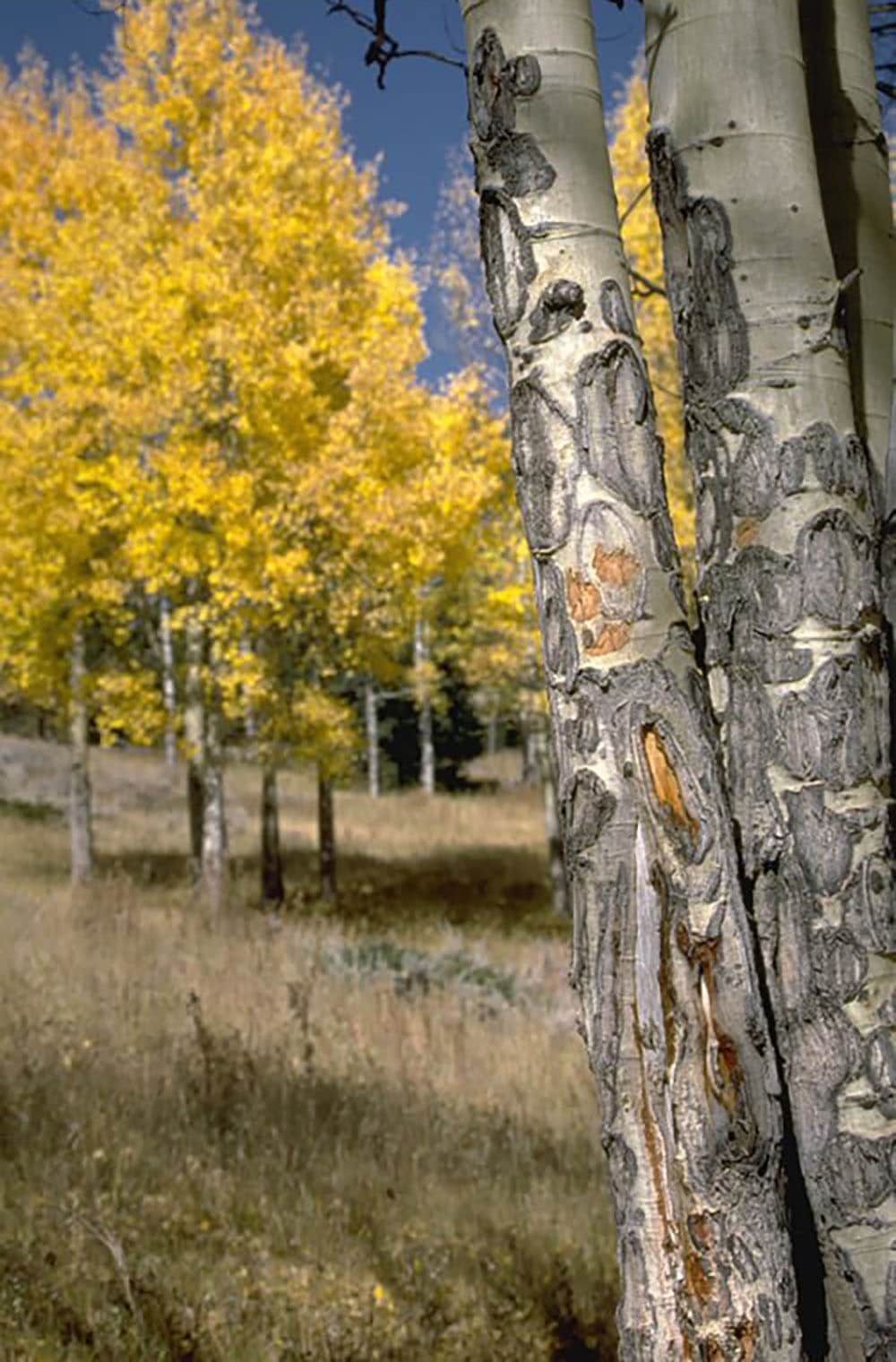
Attributing every change in Yellowstone to the wolf is misleading, these critics argue. Wolves can affect the numbers and behavior of their prey, but just how that plays out can be unpredictable, varying in different habitats. And in a human-dominated world, there are many damaged ecosystems that wolves alone simply cannot heal.
“There was so much hype around wolves when they were reintroduced to Yellowstone,” says Matthew Kauffman, a scientist with the U.S. Geological Survey’s Wyoming Cooperative Fish and Wildlife Research Unit. “There was a lot of interest in finding positive effects of wolves, and that led to some studies being conducted and published that really didn’t have the experimental controls and study design and replication we’d like them to have had — especially if we’re going to apply them to questions like whether Colorado should be restoring wolves. That’s just the way wolves go; they’re controversial critters.”
The term trophic cascade was coined by ecologist Robert Paine. His experiments with removing starfish from intertidal zones showed that the loss of a top predator could cause devastating changes. In the absence of starfish, mussels — their favored prey — grow unchecked and outcompete other animals and plants for space. Communities without starfish rapidly lose their biodiversity.
Paine’s work showed that predators can shape ecosystems. In the 1960s, when he began his experiments, this was a radical idea: Ecologists had long assumed that biological communities were limited by resources from the environment, controlled only from the bottom up. Paine’s ideas inspired the work of James Estes, then at the University of Arizona in Tucson, who tracked the dramatic impact of sea otters as they recolonized nearshore habitats in the Aleutian Islands. On an island where sea otters were absent, sea urchins dominated and grazed kelp into oblivion. But where otters lived, they kept the urchin population in check and allowed kelp to thrive, providing food and shelter for an array of marine invertebrates and fish.
In the 1990s, trophic cascades were a hot topic among ecologists — and many were hunting for an example of a cascade in a terrestrial ecosystem. In small-scale field experiments, researchers had found that removing a predatory bird, lizard, or spider could allow herbivores to flourish, limiting the growth of plants at the base of the food chain. Tinkering with the relationship between predatory spiders and herbivorous grasshoppers in grassy fields, Oswald Schmitz of Yale University showed that predators need not even kill to have an effect. The fear of predators alone — in an experiment where the spiders’ mouth parts were glued together, preventing them from killing — was enough to change grasshoppers’ foraging behavior, a pattern dubbed a “behaviorally-mediated trophic cascade.”
In 1994, Rolf Peterson and Brian McLaren published a study in Science on the relationships between wolves, moose, and balsam fir on Michigan’s Isle Royale. Moose and wolves had been absent from the island, with moose returning in the early 1900s and wolves in 1949. Using evidence from tree rings, they showed that growth of balsam fir, a preferred forage plant for moose, had been suppressed at times when the moose population boomed. When wolves thrived, they kept the moose population in check and allowed firs to grow again. “We believe,” they wrote, “that we have evidence for top-down control in a nonaquatic three-trophic-level system.”
The Isle Royale findings commanded attention, making it natural for ecologists to search for similar changes in Yellowstone with the return of the wolf. By 1995, when wolf restoration began there, elk overpopulation had been a serious problem for decades. The elk herd doesn’t recognize legal boundaries, and many animals move outside the park as they search for food in winter. Hundreds of adult female elk were shot by hunters on the lands bounding the park, but despite this, a record high of 19,045 members of the northern Yellowstone elk herd were counted in January 1994.
Elk numbers did drop, however, following wolf reintroduction. In some places, aspen and willow that had been suppressed by elk browsing for decades began to grow taller. Based on observations of these changes, some researchers began to declare a wolf-induced trophic cascade in Yellowstone. Prominent in this faction is William Ripple of Oregon State University, who began monitoring aspen growth on Yellowstone’s Northern Range in the late 1990s, and in 2001 published a paper speculating that aspen were regenerating in streamside habitats because elk in these places were at high risk of a wolf attack. Fear of wolves might be causing elk to avoid riparian zones, freeing the plants to grow — a behaviorally-mediated trophic cascade.
In addition to a number of studies of vegetation change in Yellowstone, Ripple and his Oregon State University colleague Robert Beschta have published articles that trace historical evidence that the loss of wolves or cougars triggered cascading ecosystem changes in Zion, Jasper, and Olympic National Parks. In each case, the loss of top predators permitted elk or deer populations to flourish and browse riparian plants into oblivion. In Yellowstone, this led to the loss of beaver, which rely on streamside willow for food and dam-building material. Willows grow best when their roots are wet, and rely on the soggy conditions created by beaver dams. As streambanks went barren, beaver vanished and their dams were lost. This allowed streams to run straight and fast, cutting deep into the earth and destroying willow habitat.
Ripple and Beschta — neither of whom responded to repeated requests for an interview — have been strong advocates for the idea that restoring wolves can reverse this syndrome. But not everyone agrees. N. Thompson Hobbs, an ecologist at Colorado State University, has studied willows and elk in Yellowstone for decades. He notes that the idea that restoring wolves can completely restore damaged ecosystems is very popular. “So, this story has been sold hard and it turns out — I think it’s a little strong to say it’s completely false — but it’s preponderantly false, and the explanation is pretty simple, really. The effects of removing wolves are not symmetric with the effects of putting them back.”
In a series of experiments begun nearly 20 years ago, Hobbs and his colleagues tested the response of willows to protection from elk browsing and to artificial beaver dams that raised the water table. In plots that were both dammed and fenced to keep elk out, the willows have thrived and grown tall. In plots where elk were excluded but erosion had lowered the water table, putting water out of reach, willow growth was minimal. The extirpation of wolves decades ago contributed to the loss of both willows and beaver, two species that need each other to survive. A healthy beaver population builds dams, raising the water table and creating abundant willow habitat. Beaver are returning in both Rocky Mountain National Park and Yellowstone, but in watersheds that have been deeply eroded over the last century, they won’t find enough willow to sustain them.
Some scientists who study Yellowstone see the revival of aspen and willow as an obvious positive change that’s come with the restoration of wolves and other large carnivores in the park. But others see areas of regrowth as exceptional, and point out that many other areas that have also experienced successful wolf reintroduction have not seen nearly the same effect. “If you go to northern Yellowstone today, you’d be impressed by areas where there is a lot of aspen regeneration, you can see it from miles away,” said Daniel MacNulty, an ecologist at Utah State University. “That can give a false impression, because the places where aspen are not regenerating are not as obvious or easy to see. We know there are many places just as heavily impacted now as they were before wolf reintroduction.”
Yellowstone’s landscape has been changed by a variety of factors, many scientists suggest, including by the loss of beaver, aspen, and willow — and by the revival of a number of top predators. “Wolves are part of a trophic cascade in Yellowstone,” explains Smith. “But it’s not simple, and it’s not just due to wolves — it’s due to the entire suite of carnivores coming back.” Researchers began to monitor returning cougars in the northern range in the late 1980s, and during the ’90s the known cougar population in the northern range grew from 18 to 32 individuals. Meanwhile the number of grizzlies also increased, following recovery efforts mandated by the Endangered Species Act. Grizzlies and black bears prey on elk calves and from accounted for up to 60 percent of the calves killed from 2003 to 2005.
During the early years after wolf reintroduction, the winter hunt for female elk managed by the state of Montana persisted, just outside the park’s boundary. “In the early years, most of the reduction in the elk population was due to people,” said MacNulty. “But people have a hard time thinking of the elk population as being affected by anything other than wolves.”
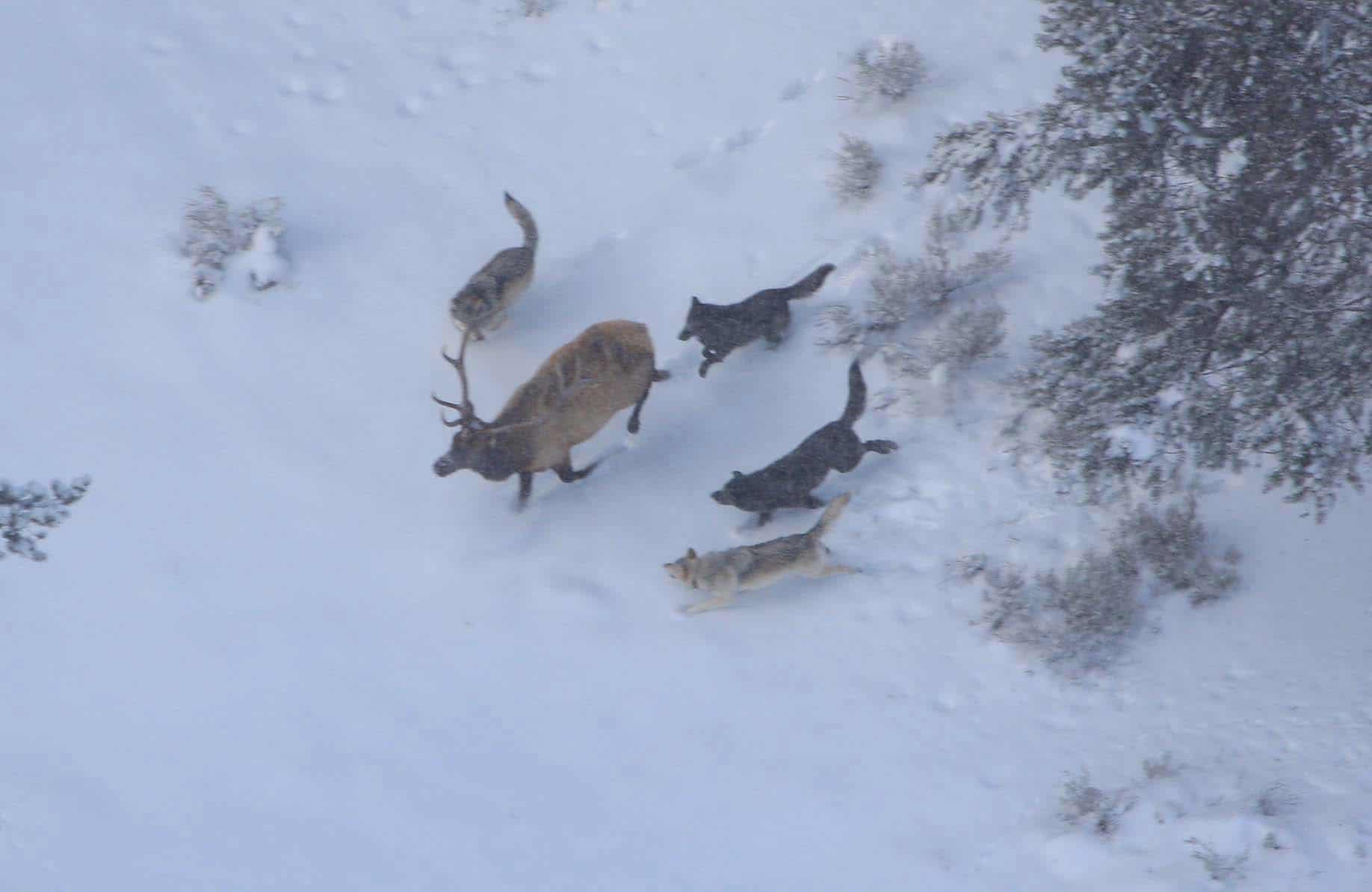
The notion that the fear of wolf predation controls elk movements, setting in motion a behaviorally-mediated trophic cascade, or BMTC, has been especially controversial. A body of research has sprung up focused on the “landscape of fear” that was thought to exist in Yellowstone after wolves returned — which ostensibly explained why aspen and willow began to regenerate in parts of the park, even while the wolf population was relatively small. Indeed, Yellowstone is often cited as a well-documented case in which the fear of returning wolves changed the foraging behavior of elk, and early researchers documented increases in the amount of time elk spent scanning for predators, or marked shifts in the distribution of elk fecal pellets in places thought to be high-risk or low-risk for wolf predation. Based on these findings, they concluded that elk avoid the areas that wolves frequent — and that such places should witness a revival of willow and aspen.
Kauffman was initially among these believers. He came to Yellowstone’s Lamar Valley in the mid 2000s expecting to see signs of a behaviorally-mediated trophic cascade in action. The valley was then home to the famous Druid Pack, which at one point numbered 30 wolves. If any place in the park was a high-risk zone for wolf predation, the Lamar Valley was it. Yet Kauffman saw that elk were munching young aspen shoots down to the ground, and he began to question the conclusions he’d read in the literature.
“The challenge was measuring predation risk,” he says. “The early Ripple and Beschta papers had no empirical measure of risk; they made assumptions regarding what was risky and what was safe.”
Kauffman constructed a predation risk map based on location data from 774 wolf-killed elk that had been documented by Smith in the first decade after wolf reintroduction. In 10 aspen stands spread across a gradient of risk, Kauffman recorded the health of aspen. “We found no difference no matter where you were on the northern range,” he said. “Regardless of risk, there was extreme browsing on aspen.”
MacNulty and his colleagues, working with Smith, have conducted some of the most in-depth studies of wolf and elk movements in Yellowstone by tracking radio-collared animals. Their findings support Kauffman’s own observation. “Wolves weren’t actually excluding elk from risky places,” explained MacNulty. Rather, “elk visited those places to feed during times of the day when wolves were resting.”
Aware that Yellowstone elk have to cope with an array of predators, not just wolves, the researchers collared some cougars and gathered data on their movements and the kills they made. Cougars kill in rugged, forested areas, where they ambush their prey by night. Wolves roam widely across their territories searching for food, killing most often in open, flat places at morning and dusk. The data show that elk move back and forth between habitats, timing their movements to avoid both predators.
Cougars proved to have a stronger influence on elk behavior than wolves during the study. The data show that elk were equally capable of anticipating predation attempts by both cougars and wolves. MacNulty suspects that elk may respond more strongly to cougars not because they’re more predictable, but because they’re more lethal.
Smith has examined the carcasses left behind at thousands of wolf kills, and has found that wolves take the old, the sick, and the young calves. A healthy adult elk that encounters wolves is far more likely to escape than to be killed, Smith says, adding that supporters of the BMTC theory are disconnected from the wild reality of Yellowstone. He describes his frustration when he went to a conference of ecologists focused on the “landscape of fear” concept. “One woman stood up and said you can explain the entire decline of northern Yellowstone elk by fear. But she has no radio-collared wolves and no radio-collared elk. They’re completely missing the fact that if you’re an elk and you’re found by wolves, you’ve got an 85-95 percent chance of living. Why would you quake in your boots?”
An analysis by Luke Painter, an ecologist at Oregon State University, shows that the reduction in elk (which subsequently led to the revival of aspen) was due to a broad mix of factors. For starters, the northern range elk herd dropped from about 20,000 animals in the mid 1990s down to 12,000 after the hard winter of 1997, and now averages about 5,000 to 6,000. But while human hunting and harsh winter conditions played an important role in reducing the outsized elk population that existed in the mid 1990s, the long-term maintenance of smaller elk numbers has been due to not just to wolves, but also bears and cougars inside the park. “Wolves tipped the balance,” Painter noted. “But they’re not doing it all by themselves.” He sees strong evidence that wolves, along with cougars and bears, affect the numbers of elk, leading to a density-mediated trophic cascade. But there’s no good way to link the revival of aspen and willow to changes in the elk’s behavior, he says.
Wolf-induced trophic cascades do exist. But the impacts of wolves on the numbers and behavior of their prey varies widely in different habitats.
In Banff National Park in Canada, for example, an experimental study of recolonizing wolves found that their predation on elk did have cascading impacts on the health of beaver populations and the diversity of songbirds. On Isle Royale, wolves improved the growth of balsam fir by controlling the numbers of moose, a density-mediated trophic cascade. Wolves there have an indirect effect on beavers, by limiting beavers to devour the deciduous trees close to their lodges. This allows northern white cedar, which beaver don’t like to eat, to dominate parts of the forest — a behaviorally-mediated trophic cascade. And in the dense forests on the Wisconsin-Michigan border, where poor visibility makes the mobile hunting strategy of Yellowstone wolves impractical, wolves act as ambush predators on deer, triggering a behaviorally-mediated trophic cascade that protects vegetation from foraging deer — even as the numbers of deer hold steady.
“My take,” says Kauffman, “is that cascading effects of top predators are not simple or straightforward; they’re incredibly nuanced.”
There’s been intense debate over the ecological role of wolves in Yellowstone National Park, where they’re currently protected from hunting. If wolves are reintroduced to Colorado, they’ll be released in the western part of the state, which is far less populated than the Front Range and holds abundant public lands where wolves could live. But some of these lands are used for grazing and hunting, and while introduced wolves would be protected under the Endangered Species Act, it will be more difficult to shield them from people inclined to kill them.
Landscapes used by people don’t hold dense populations of top predators — because humans just won’t allow it. “They either kill them in legal hunting seasons or they poach them,” explained Smith. “They kill them because they don’t like them and see them as a nuisance.”
Kevin Crooks, an ecologist at Colorado State University, recognizes that top carnivores can limit populations of their prey only when they’re allowed to reach natural densities, a situation that’s unlikely outside a national park. “There is the potential for some top-down effects, but it’s unclear to what extent wolves can exert those effects in Colorado,” he said. “Wolves need to maintain sufficiently high densities, ecologically relevant densities, for a long enough time to start to exert those kinds of top-down cascades.”
Still, Crooks says he’s heard strong arguments for reintroduction. “Wolves were eradicated by humans. It should be humans that restore them to Colorado,” he said, outlining one frequently made case. Some people also make a democratic argument, he said. “Multiple polls of the general public suggest that the majority of residents support wolf restoration. Multiple papers have concluded that western Colorado still supports suitable habitat for wolves. There’s over 18 million acres of public land in the state, more than 280,000 elk, the largest elk population in the world. There’s over 400,000 mule deer.” The abundant prey base and extensive public lands imply that Colorado could host a self-sustaining wolf population.
But human tolerance is key to the wolf’s survival. “The solution to facilitating the persistence of large carnivores in human dominated landscapes,” Crooks said, “lies with managing conflicts among humans.”


The strongest objections to reintroduction come from ranchers and hunters, the people most likely to encounter wolves and be directly affected by them. In online forums, it’s easy to find statements from Colorado hunters, for example, who believe that wolf reintroduction would “devastate the wild game populations” in the state — a conviction based not on data, but on longstanding beliefs. Other opponents object on the basis of threats to grazing livestock. In states that have wolf populations — Wyoming, Idaho, Montana, Oregon, Washington, Michigan, Minnesota, and Wisconsin — wolves kill a vanishingly small percentage of livestock overall, but local impacts on individual ranches can be serious.
“We oppose reintroduction of wolves,” says Terry Fankhauser, executive vice president of the Colorado Cattlemen’s Association. There’s evidence that cattle living in a wolf pack’s territory gain less weight and lose their calves more often than those not living with predators. “For the livestock industry, I am most concerned about indirect losses, and I think those will be exponentially more impactful than predation. I think loss of weight gain, loss of resource management, loss of reproduction, at some level, could be very, very expensive and will be very difficult until it’s too late to record.” The ballot initiative includes language mandating a compensation fund for affected livestock owners, but the details would be worked out if and when the measure passes.
The Rocky Mountain Elk Foundation and the Colorado Stop the Wolf Coalition also oppose wolf reintroduction in Colorado — and argue that it would be a different story if wolves returned to the state on their own. Yellowstone is only about 250 miles northwest of the state’s border, after all, and descendants of wolves reintroduced in Yellowstone and central Idaho have dispersed as far as Oregon and Washington, where they’ve established stable populations. There’s even a single pack in northern California.
Science suggests that many of these concerns might be overwrought and, in the end, manageable. Midwestern deer populations remain abundant, for example, despite the wolf’s return. In Wyoming, Idaho, and Montana, elk populations are holding steady, though at lower levels than during the 20th century, when there were few wild predators to affect the population.
Edward of the Rocky Mountain Wolf Action Fund, meanwhile, describes the notion of wolves naturally recolonizing Colorado as a “pipe dream,” and some ecologists agree it’s unlikely. “There have been instances of a few lone wolves making it into Colorado from the Greater Yellowstone region,” says Crooks. “These lone wolves have been killed: hit by a car, shot, poisoned. There’s no self-sustaining population of wolves here in Colorado.”
For a wolf, the journey through southern Wyoming to Colorado is a forbidding one. The landscape is open, with little cover. In the majority of Wyoming, it’s legal to shoot wolves at any time, in any number, without a license. “That level of pressure from humans really lowers the odds that multiple wolves are going to make it to Colorado, survive long enough to find each other, and produce litters sufficient to grow a self-sustaining viable population,” says Crooks. “The most likely way that wolves would be restored to Colorado would be active reintroduction.”
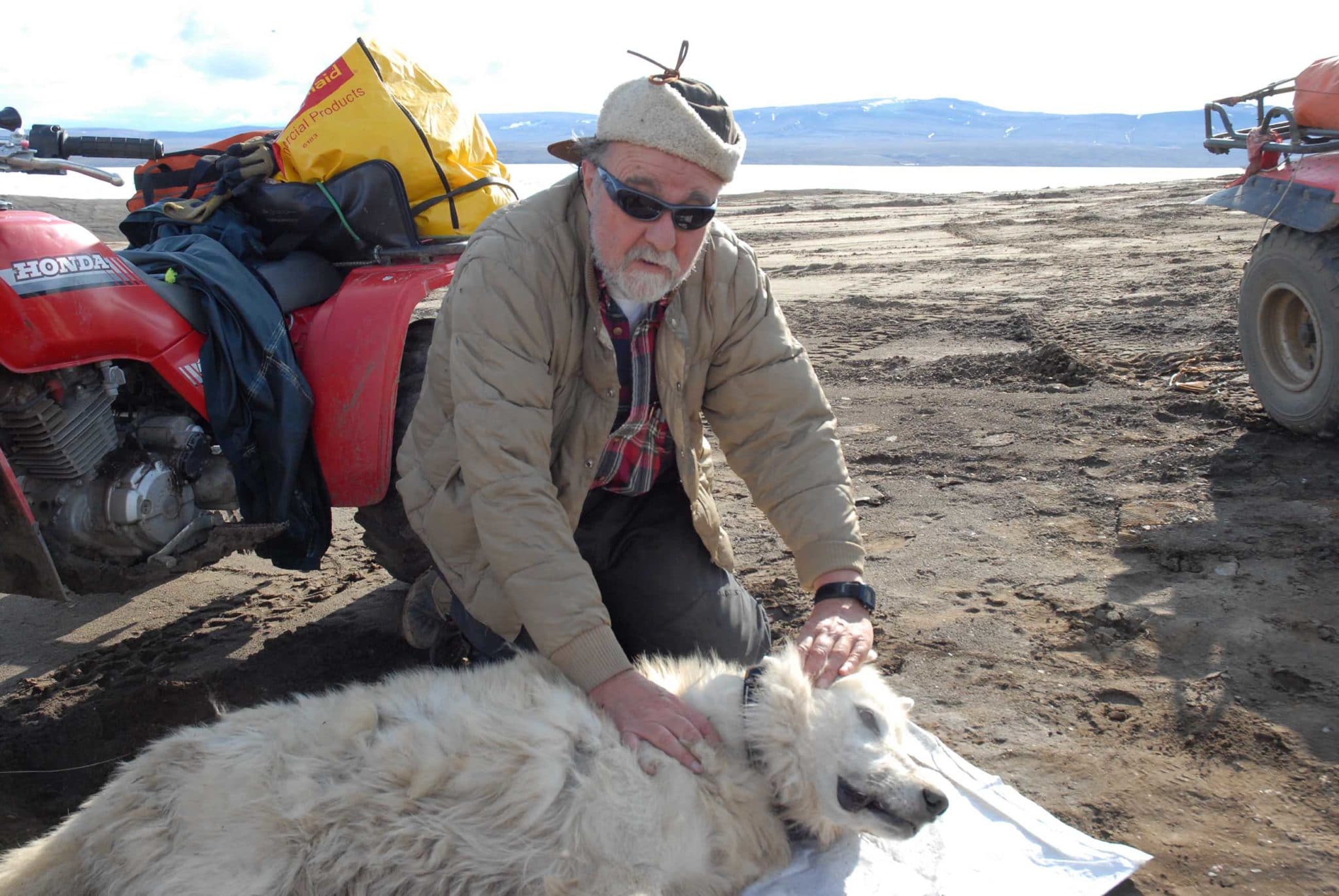
In the end, whether wolves can establish a population in Colorado will depend on the extent to which people accept them. Mech has had decades of experience watching the process of wolf recolonization, and human reaction, unfold in the upper Midwest. He began studying the wolves of Superior National Forest in northeast Minnesota in 1968. At the time, these wolves, along with those on nearby Isle Royale, were the last survivors in the lower 48. After the wolf was protected under the Endangered Species Act in 1974, wolves began to disperse beyond Superior National Forest, recolonizing parts of Minnesota, Michigan, and Wisconsin. Recent surveys put the wolf population in these three states at more than 4,000 animals.
People’s attitudes towards the wolf have also changed with time. “We still have some people who thoroughly hate wolves,” says Mech, “but they’re generally mellowing. Change is coming with the younger generation becoming more interested and understanding ecology better, and being more concerned about conservation than their grandparents.”
Polls cited by Edward suggest that the Colorado wolf reintroduction initiative has statewide support and is likely to be passed by the large majority of voters who live in the urbanized Front Range. But even some wolf supporters worry that reintroduction by ballot initiative will increase resentment between rural people in western Colorado, where wolves would be released, and voters in the urban zone.
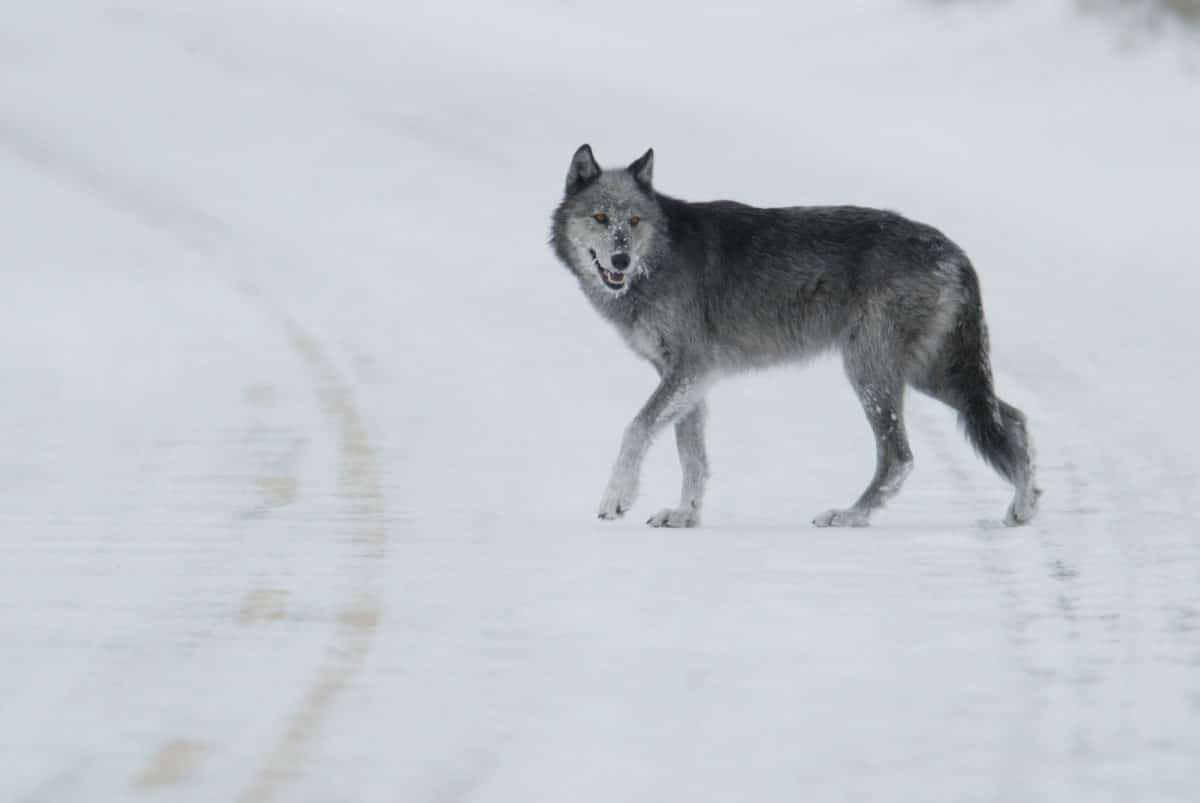
For Mech, reconnecting the continent’s surviving wolf populations is the most valid scientific argument for wolf restoration in Colorado.
Visual: National Park Service
That’s a pattern Mech has witnessed throughout his career. In his home state of Minnesota, most of the human population live in cities south of wolf range. In Oregon and Washington, progressive voters who favor predator conservation tend to live in cities on the West Coast, while the ranchers and hunters that live with wolves are far to the east. “There is resentment between urbanites and rural people over wolves,” Mech says, “which is one reason some people think it would be better to allow wolves to recolonize Colorado on their own than to have them reintroduced. They haven’t reestablished yet after 25 years, but if they were to do that the resentment would have to be less.”
A Mech quote is prominently displayed in a brochure for the Rocky Mountain Wolf Project, a partner group to the Rocky Mountain Wolf Action Fund. It reads: “Restoration to the Southern Rockies could connect the entire North American wolf population from Minnesota, Wisconsin, and Michigan through Canada and Alaska, down the Rocky Mountains and into Mexico. It would be difficult to overestimate the biological and conservation value of this achievement.”
For Mech, reconnecting the continent’s surviving wolf populations is the most valid scientific argument for wolf restoration in Colorado. The other reasons are grounded in morality rather than science: the drive to repair damage done by our ancestors, and to conserve and protect biodiversity as much as we can in a human-dominated world.
He sees the debate over the wolf’s power to restore nature’s balance as a classic example of science at work. Science is a human process, and people make mistakes, he suggests. In the case of wolves in Yellowstone, the notion that wolves alone have healed the ecosystem has become entrenched in the predator’s modern legend. The more subtle, complicated findings that contradict that picture have received relatively little coverage in the press. The public, Mech notes, is stuck with an outdated idea of what wolf restoration means. In time, he believes this will change.
After 25 years of ecologists arguing that wolves have a strong influence on elk behavior in Yellowstone, thereby releasing aspen and willow to grow, stronger evidence now suggests that such behavioral effects are more likely caused by cougars.
“Science is self-correcting,” says Mech. “And there’s an excellent example.”
UPDATE: This article has been updated to make clear that Kevin Crooks was channeling the arguments of supporters of wolf reintroduction, but not making the case for such reintroductions himself.










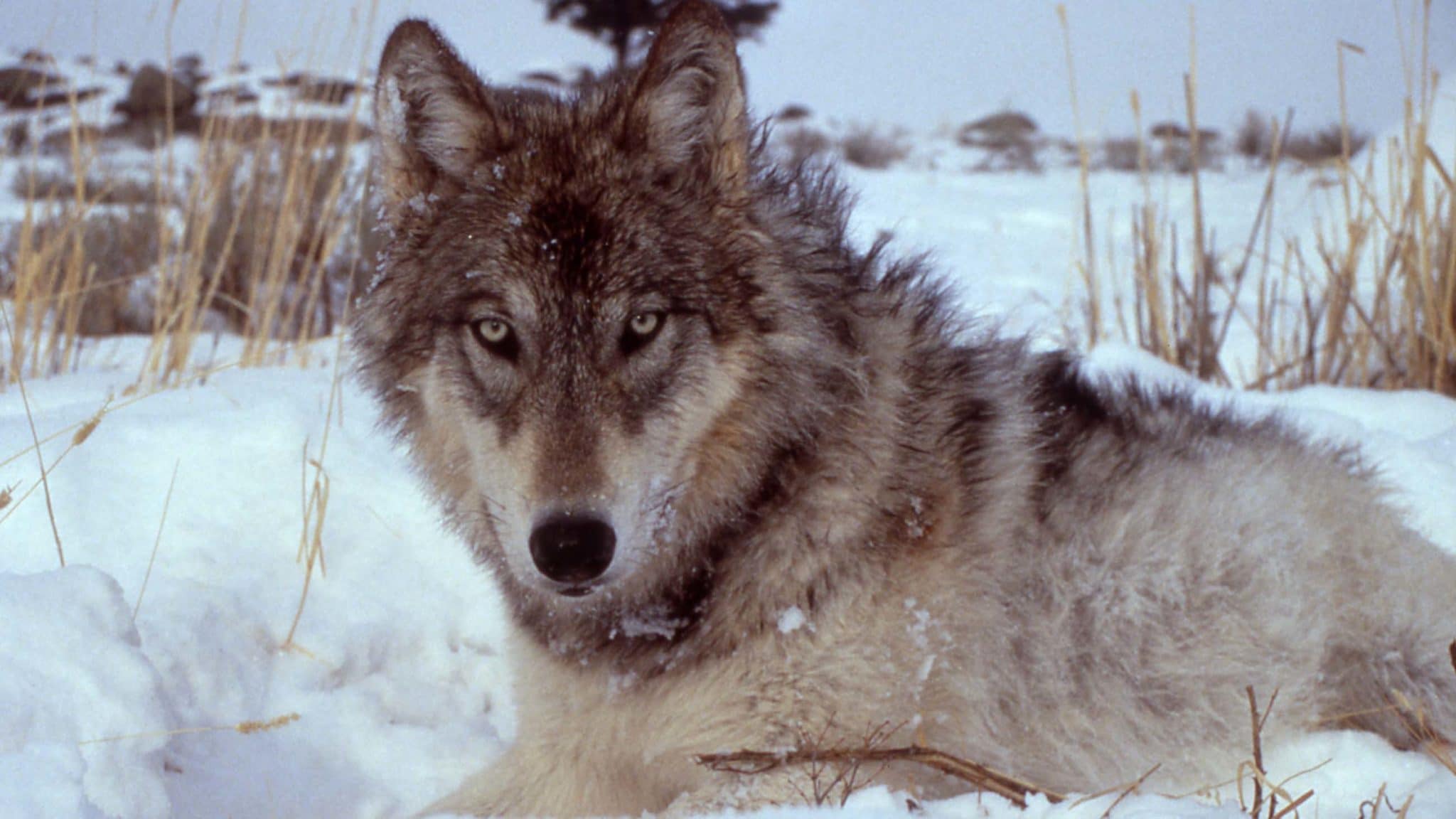
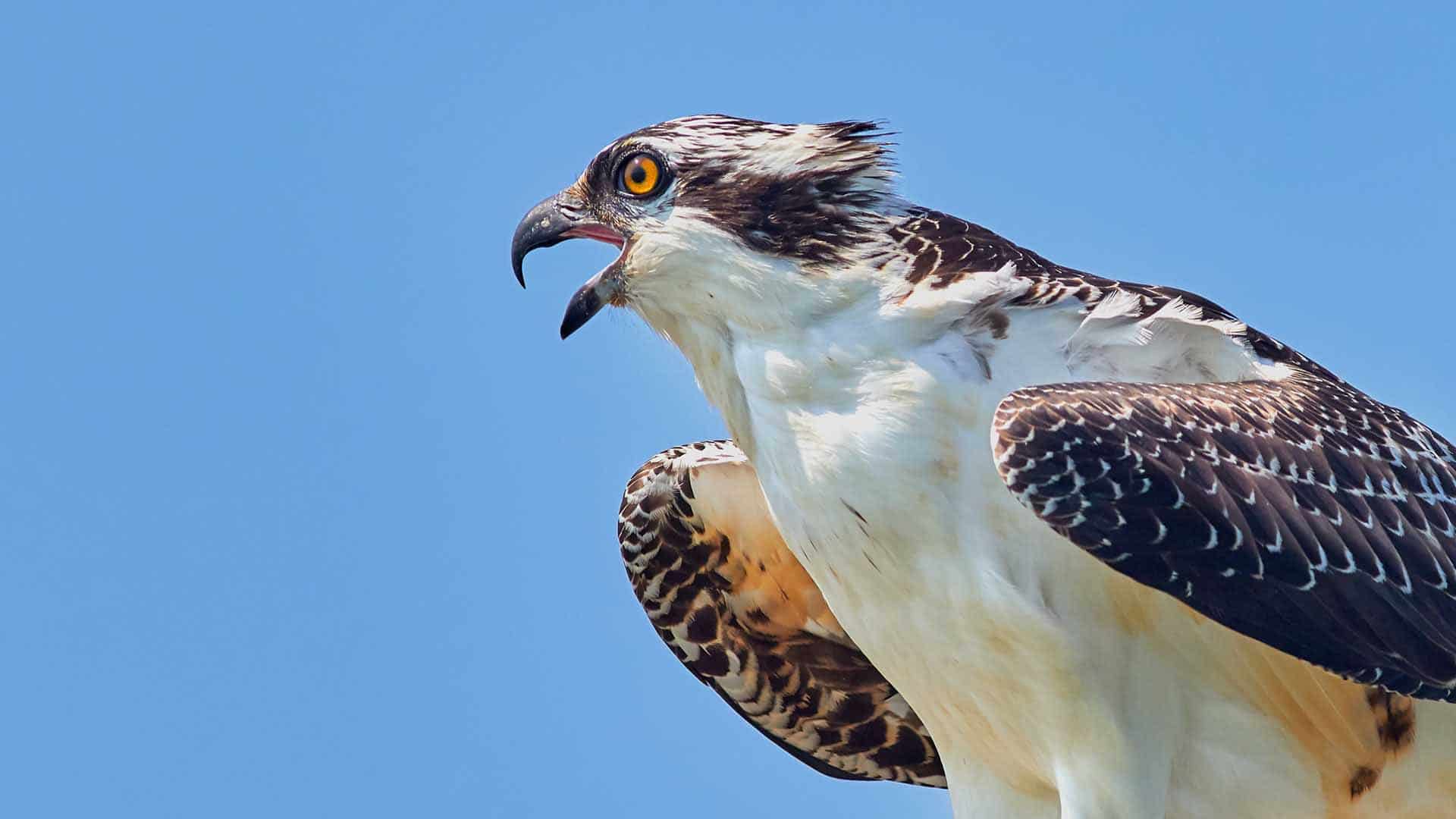
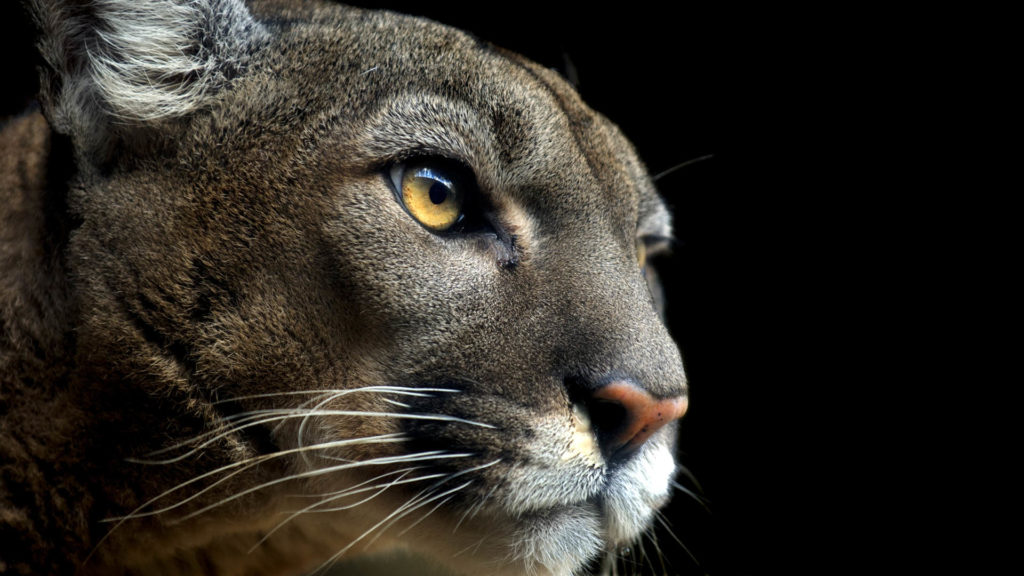
Comments are automatically closed one year after article publication. Archived comments are below.
“They’re completely missing the fact that if you’re an elk and you’re found by wolves, you’ve got an 85-95 percent chance of living. Why would you quake in your boots?”
… Placed in the context of the COVID era, I think we can all see that this point is moot.
The theory that nature is permanently in balance has been largely discredited by scientists working in ecology, as it has been found that chaotic changes in population levels are common. During the later half of the twentieth century the theory was superseded by catastrophe theory and chaos theory.[6] Nevertheless, the idea maintains popularity amongst the general public.[7][8]
I have another quote, this one from Sir Aldo whom people like to quote like scripture, “Predatory animals affect four kinds of people 1. Agriculturalists 2. sportsmen 3. students of natural history (we’d call them environmentalists) 4 the fur industry. There is a certain degree of natural and inevitable conflict of interest among these groups. Each tends to assume that its interest is paramount. Some students of natural history (you) want no predator control at all, while many hunters and farmers want as much as they can get up to complete eradication. Both extremes are biologically unsound.
So.. Where is the wolf control? No state in the lower 48 has ever been able to implement science based wildlife management in the control of wolf populations, and they recieve no assistance from environmentalists to do so. Pick and choose statistics to prove a point, but in every state where wolves have been introduced anti wolf sentiment has only hardened. Every lawsuit cements opposition. We are outvoted, but then we end up with Interior Secretaries not to our liking.
You wrote, “. In Wyoming, Idaho, and Montana, elk populations are holding steady, though at lower levels than during the 20th century, when there were few wild predators to affect the population.” Here are the figures.
Wyoming – 1995 elk population = 103,448; 1995 elk harvest = 17,695.
2018 elk population = 110,300; 2018 elk harvest = 25,091; average hunter success rate = 44.8%;
Montana – 1995 elk population = 109,500, no harvest data for 1995.
2018 elk population = 138,470 (Objective 92,138) 2018 elk harvest = 27,793.
Idaho – 1995 elk population = 112,333, 1995 elk harvest = 22,437.
2017 elk populatio
n = 116,800 (18 elk units at or above objective, 10 units below for a variety of reasons), 2017 elk harvest = 22,751. 2018 harvest = 22,326. 2018 estimated population 120,000+.
While I appreciate the in-depth look into the complicated nature of this topic, I think that it is essential to note that the concept of “restoring the balance” resonates with a broad swath of the public. Is it an oversimplification? Perhaps. Is it a falsehood? No. Just as we can tease apart the assertion that human activity is the cause of climate change, revealing the nuances and oversimplified nature of the statement, the core truth remains.
Aldo Leopold’s famous quote from Round River bears repeating here: “If the land mechanism as a whole is good then every part is good, whether we understand it or not…To keep every cog and wheel is the first precaution of intelligent tinkering.”